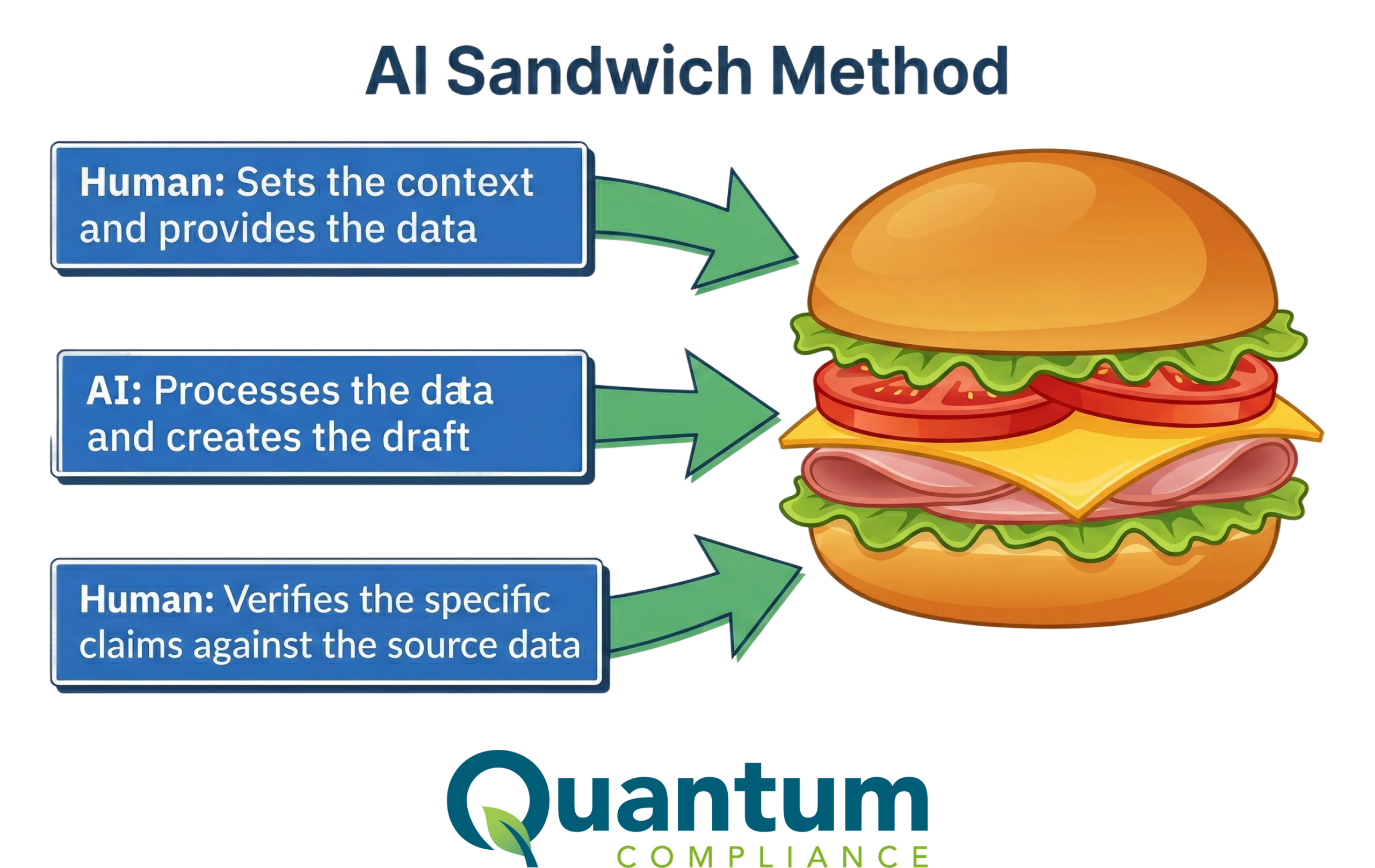In today’s fast-paced industrial landscape, the need for efficient and safe chemical management is paramount. As organizations handle a growing array of hazardous substances, ensuring compliance and safeguarding employees becomes increasingly complex. Advanced Chemical Management Tools have emerged as vital assets in this endeavor, transforming how companies manage chemical safety and regulatory requirements. This article delves into the power of these Chemical Management Tools and their role in unlocking efficiency and safety in the workplace.
The Role of Chemical Management Tools
Chemical Management Tools encompass a range of technologies designed to streamline the handling, storage, and communication of chemical safety information. These tools integrate data management, regulatory compliance, and hazard communication into a cohesive system, ensuring that all aspects of chemical safety are addressed comprehensively.
Key Features of Advanced Chemical Management Tools
- Centralized Data Repository:
Chemical Management Tools provide a centralized platform for storing all chemical safety data, including Safety Data Sheets (SDS), inventory records, and regulatory documents. This centralization ensures that information is easily accessible and up-to-date.
- Automated Compliance Tracking:
Staying compliant with evolving safety regulations is a significant challenge. Chemical Management Tools offer automated compliance tracking, monitoring changes in regulations and updating records accordingly. This feature ensures continuous adherence to local and international standards.
- Real-Time Hazard Communication:
Effective hazard communication is crucial for workplace safety. Chemical Management Tools enable real-time updates and notifications, ensuring that employees are always aware of the latest safety information and procedures.
- Mobile Accessibility:
Modern Chemical Management Tools often include mobile applications, allowing employees to access critical safety information from anywhere. This mobility is particularly beneficial for on-site inspections, emergency responses, and remote work environments.
- Integration Capabilities:
Chemical Management Tools can integrate with other enterprise systems, such as inventory management, procurement, and training platforms. This integration creates a seamless flow of information, enhancing overall efficiency and accuracy.
Benefits of Implementing Chemical Management Tools
- Enhanced Safety:
By providing instant access to accurate and current safety information, Chemical Management Tools significantly enhance workplace safety. Employees can quickly identify hazards, understand safety protocols, and respond appropriately to incidents.
- Improved Compliance:
Chemical Management Tools automate the tracking of regulatory requirements, ensuring that organizations remain compliant with local, national, and international safety standards. This automation reduces the risk of non-compliance and associated penalties.
- Increased Efficiency:
Centralized data management and automated processes streamline chemical management tasks, reducing administrative burdens. Chemical Management Tools enable faster retrieval of information, more efficient reporting, and better resource allocation.
- Proactive Risk Management:
Real-time updates and notifications from Chemical Management Tools allow organizations to proactively address potential safety issues. By identifying and mitigating risks early, companies can prevent accidents and minimize the impact of hazardous incidents.
- Comprehensive Training:
Chemical Management Tools support comprehensive training programs by providing easy access to safety data and training materials. Employees can stay informed about chemical hazards and safe handling practices, fostering a culture of safety.
Case Study: The Impact of Chemical Management Tools
A multinational manufacturing company faced challenges in managing chemical safety across multiple locations. The manual processes in place were time-consuming, error-prone, and made it difficult to ensure compliance with diverse regulatory requirements. By implementing advanced Chemical Management Tools, the company achieved:
- Enhanced Safety: Employees at all locations could access up-to-date safety information, significantly reducing the risk of accidents.
- Regulatory Compliance: Automated compliance tracking ensured continuous adherence to various international safety standards, reducing the risk of penalties.
- Operational Efficiency: Centralized data management and integration with existing systems streamlined chemical management processes, saving time and resources.
- Proactive Risk Management: Real-time notifications enabled the company to address potential safety issues before they escalated, improving overall risk management.
Conclusion
Advanced Chemical Management Tools are transforming the landscape of chemical safety and compliance. By centralizing data, automating compliance tracking, enabling real-time hazard communication, and integrating with other enterprise systems, these tools unlock unprecedented levels of efficiency and safety in the workplace. Organizations that invest in Chemical Management Tools can enhance employee safety, ensure regulatory compliance, and achieve greater operational efficiency. Embracing the power of Chemical Management Tools is a strategic move that supports a safer, more productive, and compliant working environment.








